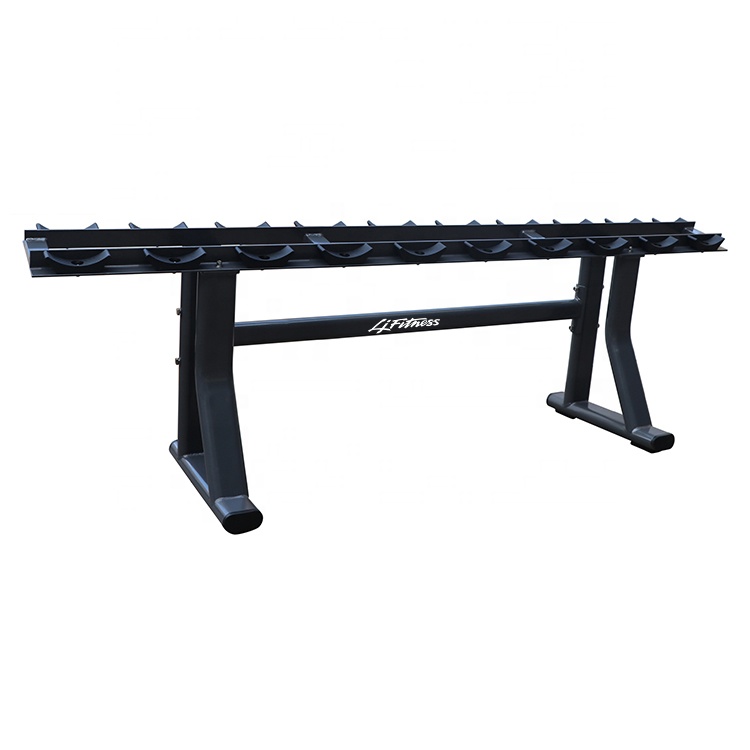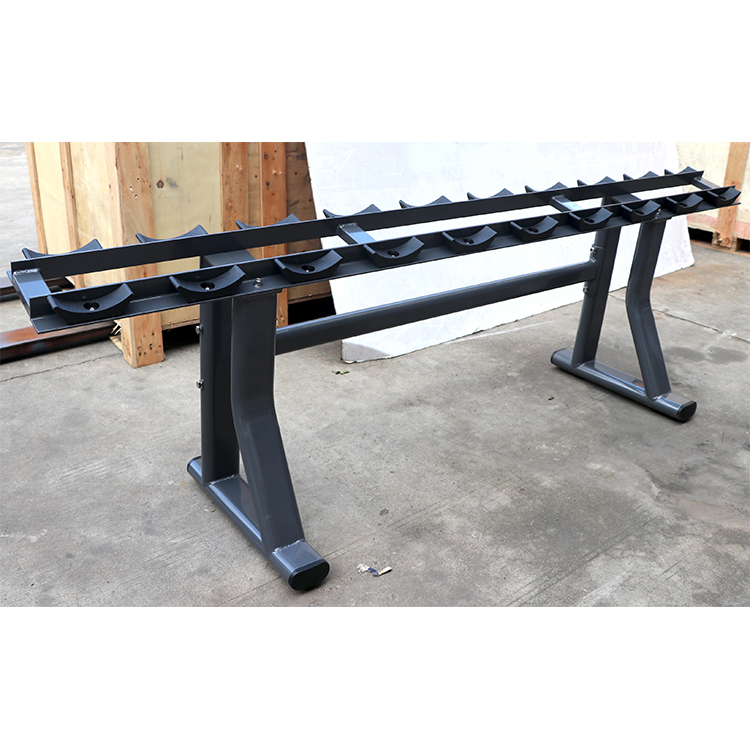Most gyms typically have a variety of weights and equipment to cater to different fitness needs and preferences. The weights they offer usually include:
1. **Barbells and Dumbbells**: These are essential for strength training and come in various sizes, from light (around 2-5 pounds) to heavy (over 50 pounds). They are commonly used for exercises like squats, bench presses, deadlifts, and bicep curls.
2. **Cable Machines**: These machines allow you to perform a wide range of exercises using cables that run through pulleys. They offer a smooth motion and can be adjusted to target specific muscle groups.
3. **Weight Benches**: Often adjustable, these are used for weightlifting exercises such as chest presses, shoulder presses, and leg curls. They come in fixed and adjustable models.
4. **Kettlebells**: These are cast iron or plastic balls with a handle, used for full-body workouts that enhance strength, power, and endurance.
5. **Treadmills and Ellipticals**: Although not technically "weights," these cardio machines are common in gyms and help maintain cardiovascular health.
6. **Resistance Bands**: These are elastic bands that provide resistance when stretched. They are portable and can be used for a variety of exercises.
7. **Knee Weights and Ankle Weights**: These are lighter weights that can be worn around the legs to increase the difficulty of certain exercises.
8. **Kettlebell Racks, Barbell Racks, and Weight Plate Racks**: These are storage solutions for keeping weights organized and safe.
9. **Smith Machines**: These are specialized pieces of equipment that guide the bar throughout the movement, reducing the risk of injury and allowing for more precise form.
10. **Free Weights and Plates**: Free weights include dumbbells, barbells, and plates that can be used with a bar or on their own.
Gyms often provide a mix of these tools to accommodate all levels of fitness, from beginners to advanced athletes. The specific types and quantities of equipment may vary depending on the gym's size, focus, and clientele.
How long do rubber plates last?
The lifespan of rubber plates can vary widely depending on several factors including their quality, usage intensity, storage conditions, and maintenance practices. Here are some general considerations:
1. **Quality of Rubber**: High-quality rubber, such as natural rubber or specialized synthetic rubbers designed for Gym Equipment, tends to last longer than lower quality alternatives. Cheaper rubber may degrade more quickly due to inferior materials or manufacturing processes.
2. **Usage Intensity**: Frequent heavy use, especially with high-impact activities like drop-landing exercises, will shorten the life of rubber plates compared to lighter, more gentle use. Plates used primarily for weightlifting should last longer than those used in high-impact sports like plyometrics.
3. **Storage Conditions**: Exposure to extreme temperatures, direct sunlight, or prolonged moisture can degrade rubber over time. Storing rubber plates in a cool, dry place away from direct sunlight will help extend their lifespan.
4. **Maintenance Practices**: Regular cleaning with mild soap and water and avoiding harsh chemicals can prevent damage and prolong the life of rubber plates. Avoiding dragging them across floors or surfaces can also prevent wear and tear.
5. **Type of Rubber**: Natural rubber is generally more durable than synthetic rubber but might be less flexible and prone to cracking under certain conditions. Some synthetic rubbers are specifically formulated for gym equipment and are designed to withstand the rigors of regular use.
6. **Design and Construction**: The design and construction of the plate, including the thickness, edge reinforcement, and coating (if any), can impact its longevity. Plates with robust designs that can better absorb impacts and resist deformation will typically last longer.
As a rough estimate, well-maintained rubber plates can last anywhere from 3 to 10 years or more before needing replacement, depending on the factors mentioned above. For precise longevity expectations, it's best to refer to the manufacturer's recommendations or warranties, as they will have specific details based on their product formulations and designs.
How many plates can you fit on a dumbbell?
It's not common or practical to try to fit plates onto a dumbbell, as the purpose of a dumbbell is for free weight exercises that require the weights to be held in your hands and moved around freely. Dumbbells typically come with their own handles designed for grip and stability during workouts.
However, if you're looking for information on how many weight plates you might put on a barbell (which is similar to a dumbbell but used for different exercises), the answer depends on the size of the barbell sleeve where the plates attach.
For instance, Olympic weightlifting bars have sleeves that can accommodate up to 240 pounds (109 kg) per side, while standard weightlifting bars can hold up to 300 pounds (136 kg) per side. This means you could theoretically stack up to 576 pounds (261 kg) on an Olympic bar or 600 pounds (272 kg) on a standard bar if you were using only 45-pound (20 kg) plates.
If you're referring to something else by "plates" that isn't clear from your question, please provide more details so I can give a more accurate answer.
Can plates replace dumbbells?
Plates can certainly be used in place of dumbbells for certain exercises, especially when you're working out at home and don't have access to traditional weights. Here's how:
### 1. **Barbell Exercises**
- **Bench Press**: Use barbells or Olympic bars with weight plates.
- **Deadlifts**: Great for using multiple plates to adjust the load.
- **Squats**: Barbell squats require a bar with plates on both ends.
- **Overhead Press**: Use a barbell with plates for this exercise.
### 2. **Plate Workouts**
- **Plate Holds**: Hold one plate in each hand while standing or sitting.
- **Plate Lunges**: Similar to lunges but with holding a plate in each hand.
- **Plate Rows**: Stand with your feet shoulder-width apart, hold a plate in each hand, and pull them towards your chest.
- **Plate Presses**: Hold a plate above your head and lower it slowly.
### 3. **Alternative Equipment**
- **Kettlebells**: These can mimic some dumbbell exercises but offer a different range of motion and resistance distribution.
- **Resistance Bands**: Useful for adding resistance to bodyweight exercises without needing plates or dumbbells.
### 4. **Considerations**
- **Safety**: Ensure that you use appropriate techniques and possibly have a spotter if needed.
- **Adjustability**: Plates may not offer the same level of adjustability as dumbbells, which can change the weight on each side independently.
- **Space**: Some exercises with plates might require more space than with dumbbells.
### 5. **Equipment Investment**
- If you plan to do a wide variety of exercises, investing in adjustable dumbbells or a set of dumbbells can be more versatile and convenient.
### Conclusion
While plates can effectively replace dumbbells for many exercises, especially those that involve a bar (like squats, deadlifts, bench press), they might not be as versatile for exercises requiring independent weight adjustment on each side. For a complete workout routine, having both dumbbells and plates can provide more flexibility and options.





